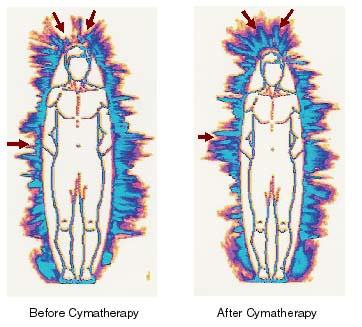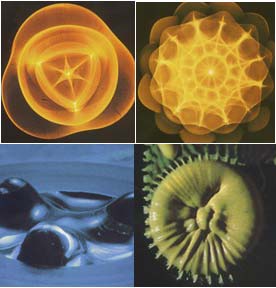16 Apr Presentation at Bioelectromagnetics Society and Paper on Predicted Photon Chemistry
[vc_row css_animation="" row_type="row" use_row_as_full_screen_section="no" type="full_width" angled_section="no" text_align="left" background_image_as_pattern="without_pattern"][vc_column][vc_column_text] Presentation at Bioelectromagnetics Society and Paper on Predicted Photon Chemistry In 2004, Anthony H. J. Fleming, Ph.D., and Elizabeth Bauer, R.N., C.E., presented their work of three years, “A predicted photon chemistry,” in Washington D.C. at the Bioelectromagnetics Society (BEMS) conference. The BEMS is the world’s largest scientific society for promoting research and communication in bioelectromagnetics. Read their scientific paper, “A predicted photon chemistry.” [/vc_column_text][/vc_column][/vc_row]



